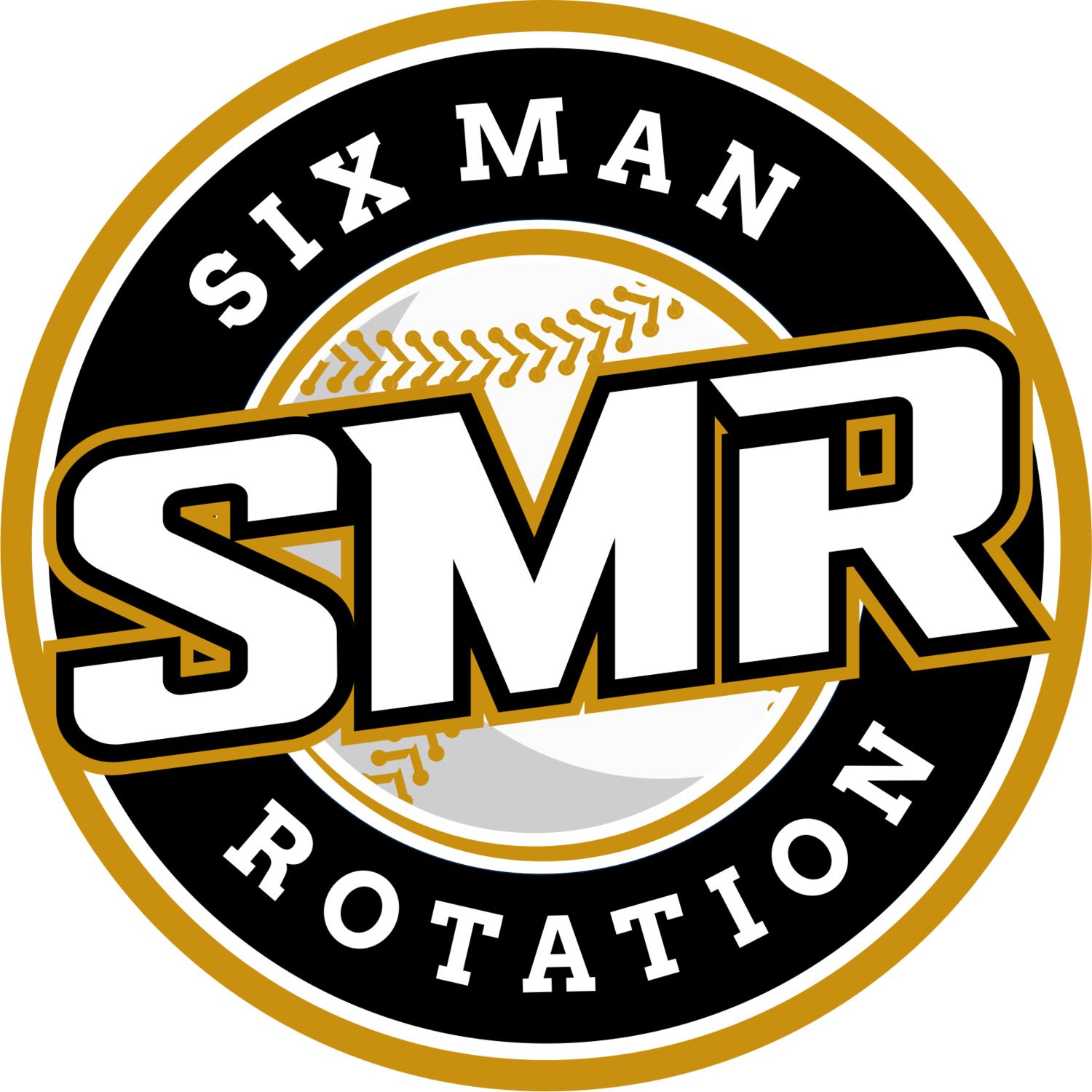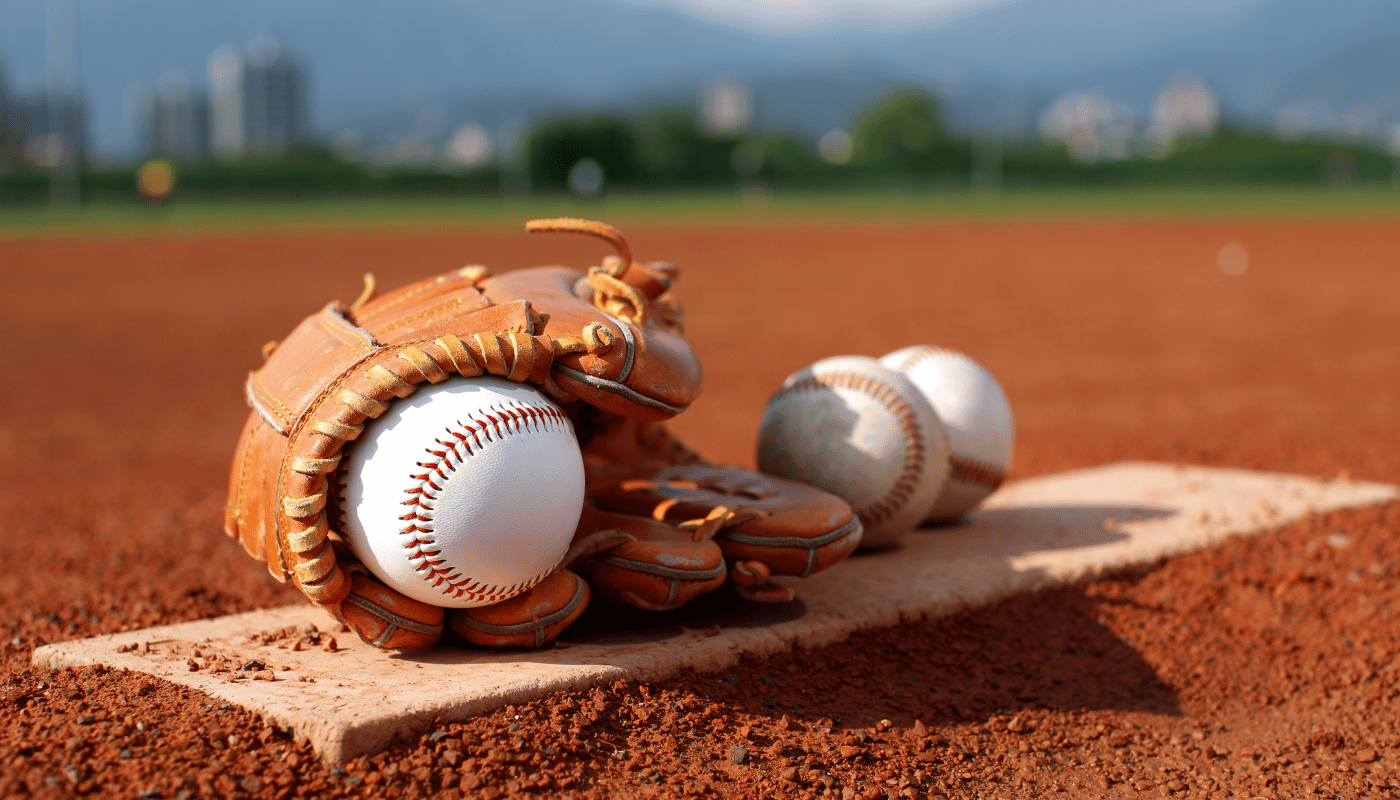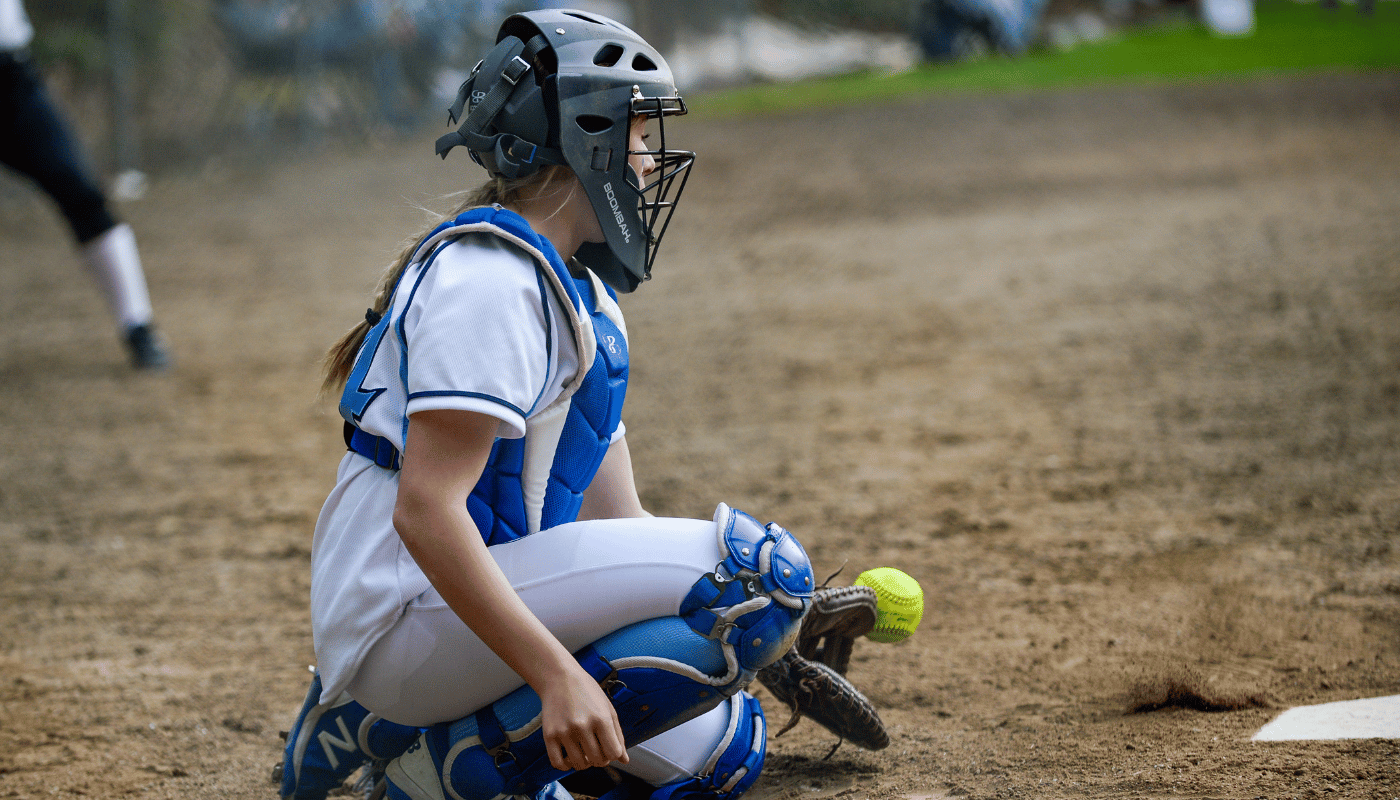In the United States, NCAA Division I baseball is the highest level of varsity college baseball, which showcases the best athletes and programs in the country. Division I baseball is popular not just because it has powerful teams, but also because it has valuable history, which makes it an important part of the sports culture of college athletics. The trade is worth it, and even fans of the sport, particularly during the College World Series, look forward to it, not just guys trying to turn pro.
When it comes to number of teams and the structured season, Division I baseball’s sheer size and the way it is ever organized is unmatched. The level is the most competitive in college sports, and so, yes there are chances for students to compete, but it is highly unlikely for them to stand out. These athletes are engaged with their professional training and competing elsewhere, so many of them are in the position to hope to easily switch to major league baseball.
Understanding how many D1 baseball teams are there is essential to appreciating the scope of the sport. With over 300 teams, the NCAA Division I level offers a broad spectrum of schools from across different regions. This diversity creates a highly competitive environment where both powerhouse programs and smaller schools can thrive, offering opportunities for athletes from various backgrounds to showcase their talents.
Number Of Ncaa Division I Baseball Teams
In NCAA Division I, baseball is perhaps the most popular and competitive team sport in the US in terms of the number of teams present. Currently, the number of teams in the country is 301 and they all compete for a place in the NCAA Division I Baseball Tournament. This trend signifies how people, and the NCAA, in particular, are beginning to realize how this sport is growing in prominence and how its popularity can be transformed into valuable opportunities for college athletes. In addition, the teams are divided into different conferences and regions which makes the league even more competitive and difficult.
The number of Division I baseball schools has changed over the past few years because some colleges have started new baseball programs and some have canceled theirs or moved down a division. This ever-changing scenario is driven by numerous things like budgeting, interest from the athletic department, and most importantly the rise in popularity of college baseball as a career option.
Here’s a breakdown of some of the major conferences and the number of teams they have within NCAA Division I baseball:
- Southeastern Conference (SEC): 14 teams
- Atlantic Coast Conference (ACC): 14 teams
- Big Ten Conference: 14 teams
- Pac-12 Conference: 11 teams
- Big 12 Conference: 10 teams
These conferences are the powerhouses of NCAA Division I baseball, housing some of the most successful and historically significant teams in college baseball. The SEC and ACC, in particular, are known for their fierce competition and producing a high number of MLB draft picks each year.
The vast number of teams also contributes to the regional rivalry aspect of Division I baseball. For example, teams in the SEC frequently compete in high-profile games that draw substantial media attention, while teams in smaller conferences often play key roles in shaping the national landscape through upsets and breakthrough performances. This dynamic ensures that every team, regardless of size or conference, has a meaningful opportunity to make an impact in the postseason.
The expansion of teams has also brought about greater diversity in the types of schools participating in Division I baseball. Schools with strong athletic traditions continue to dominate, but smaller programs are gaining ground, which makes the league even more exciting to follow. Understanding how many D1 baseball teams are there helps paint a clearer picture of the landscape, emphasizing the growing influence of the sport across the nation.
Structure Of Ncaa Division I Baseball
The NCAA Division I baseball follows an established system that comprises numerous stages around the year, which are useful in determining which teams qualify for the postseason. The season starts in February which is when the spring commences. This marks the beginning of the regular season, which lasts several months. All throughout this duration, teams play both conference and non-conference matches to build up their records before the fierce competitions that await them.
The regular season is the base for every team’s prosperity. This is the longest period during the season where teams are required to compete against their conference and non-conference opponents in a bunch of games. There are many objectives during this time such and winning as many games as possible. However, forming a strong team chemistry is vital in the later parts of the season, so the focus is not just on winning. The regular season is very important not only concerning the overall wins and losses but also in determining the seeding in conference tournaments which plays a significant role in qualifying for the NCAA baseball tournament.
Conference Tournaments
After the regular season concludes, teams head into their respective conference tournaments. These tournaments allow teams to compete for a conference championship and, more importantly, a chance to advance to the NCAA Tournament. Conference tournaments are intense and highly competitive, often showcasing the best of college baseball. The format can vary slightly depending on the conference, but they generally involve a double-elimination or round-robin structure, where every game counts and teams fight for their playoff berth. Winning the conference tournament often gives teams an automatic bid to the NCAA Tournament, providing a significant advantage for those who are successful in these high-stakes matches.
At the end of the conference tournaments, the NCAA Tournament begins, featuring 64 teams selected through an at-large selection process and the automatic bids from conference champions. The NCAA Tournament is a month-long event that culminates in the Men’s College World Series in Omaha, Nebraska. It is the pinnacle of college baseball, drawing attention from all over the country. Teams must perform exceptionally well during the regional and super-regional rounds to earn a spot in the College World Series, where the national champion is crowned. This tournament is a critical part of understanding how many D1 baseball teams are there and showcases the skill level across various programs.
The structure of NCAA Division I baseball, from the regular season to the final tournament, provides ample opportunities for players and teams to demonstrate their abilities and prove themselves as top contenders in the nation.
Distribution Of Teams Across Conferences
Like in other sports, the distribution of NCAA Division I baseball teams among different conferences reveals where the competitive strength lies and the geographical coverage of the league. All these conferences are based in specific regions in the United States and the teams usually fight for not only conference but also NCAA Tournament glory. The fencing of teams into these conferences determines their scheduling, travel, rivalries, etc, so it is a structural distribution that has a bearing on college baseball as a whole.
The Southeastern Conference (SEC) and Atlantic Coast Conference (ACC) are among the biggest in size, and they also boast the largest number of teams. These conferences have immense amounts of power and proverbial clout since they have been historically more successful claiming numerous NCAA tournament bids and subsequently producing professional players. In contrast, there are smaller conferences and independent teams that do not have many teams, but aren’t limited in scope since they often create exciting upsets and have budding programs aiding the national college baseball environment.
Here is a breakdown of the distribution of teams across some of the major NCAA Division I baseball conferences:
| Conference | Number of Teams | Region |
| Southeastern Conference (SEC) | 14 | South |
| Atlantic Coast Conference (ACC) | 14 | East |
| Big Ten Conference | 14 | Midwest |
| Pac-12 Conference | 11 | West |
| Big 12 Conference | 10 | South |
These conferences represent the bulk of the Division I baseball landscape, but the strength of each varies depending on the year. Larger conferences like the SEC and ACC are typically home to teams with larger budgets, better facilities, and more frequent postseason appearances, which increases their visibility and impact on the sport. However, smaller conferences and independent teams still manage to compete at a high level, often surprising more established programs.
The distribution of teams across these conferences creates a dynamic environment where both powerhouse teams and up-and-coming programs can coexist, contributing to the diverse and competitive nature of NCAA Division I baseball.
Notable NCAA Division I Baseball Programs
When discussing NCAA Division I baseball, several programs stand out due to their historical success, prominent players, and consistent performances in the NCAA Tournament. These programs are not only famous for their championships but also for their contributions to the development of professional baseball players. Some of the most renowned Division I baseball programs have become synonymous with excellence and have shaped the landscape of college baseball over the years.
Successful Programs In College Baseball
The University of Texas Longhorns is one of the most accomplished programs in NCAA Division I baseball history for many reasons. The Longhorns’ college baseball tradition has several national championships along with multiple appearances in the College World Series. The program makes a mark as a collegiate benchmark because it has produced numerous top tier talents who have gone on to play in Major League Baseball (MLB).
Similarly powerful is the Florida State Seminoles, who are well known in the NCAA for their astounding NCAA baseball achievements. For decades, Florida State has consistently participated in the NCAA Tournament and has been responsible for producing several MLB players. Even though the Seminoles have not captured a national championship, they have showed that their program has been consistently successful throughout the years.
The University of Miami Hurricanes is another team that has made a mark in college baseball that has endured the test of time. The Hurricanes have won multiple national titles, making them one of the most successful teams in NCAA history. The program is especially known for its proficient players that make an impact in both college and professional baseball.
The USC Trojans have a complete history of NCAA Division I Baseball, winning national championships. Many USC alumni have played in the MLB, which is a testament of how impactful the University has been to the sport. This legacy makes USC’s program one of the best in college baseball.
The more famous programs outlined above such as the USC Trojans are supported by other schools like Louisiana State University Tigers, University of North Carolina Tar Heels, and University of Florida Gators that help enable a healthy competition within the NCAA Division I baseball scene. These teams have made their presence felt in the College World Series and continue to maintain the standard of excellence.
Understanding how many D1 baseball teams are there and the success of these prominent programs gives insight into the high level of competition that exists within NCAA Division I baseball. Whether through championships or the development of professional talent, these programs continue to set the standard for excellence in the sport.
Pathways To Professional Baseball
One of the most important types of baseball within the NCAA system is Division 1, as it caters to all the athletes looking to participate in professional leagues like the MLB. Participating in Division 1 baseball is a lifetime opportunity for athletes, as they get a chance to impress the scouts and coaches. As in virtually all other sports, the USA has a very high standard when it comes to Division 1 baseball, the competition is intense, and players looking to make it to the MLB and other professional leagues hone their skills at this level.
The purpose of some of these programs for Division I baseball is to prepare these players for the MLB draft, where kids from all over the country are chosen for their skills. There is a common pattern when it comes to college baseball and professional baseball, many successful MLB players have walked this path and it starts with strenuous college programs at the top level of competition.
Notable Mlb Players Who Came From Division I Baseball
- Alex Bregman (LSU): A standout shortstop at Louisiana State University, Bregman was drafted by the Houston Astros and has since become one of the top players in MLB.
- Bryce Harper (College of Southern Nevada): Harper spent a year in junior college before being drafted by the Washington Nationals as the first overall pick.
- Tim Lincecum (University of Washington): Known for his dominant pitching career, Lincecum was drafted by the San Francisco Giants and became a two-time Cy Young Award winner.
- Gerrit Cole (UCLA): Cole’s time at UCLA helped him develop into one of the top pitchers in MLB, where he now stars for the New York Yankees.
For athletes in NCAA Division I baseball, playing at this level is often the best way to gain exposure to MLB scouts and increase their chances of being drafted. These players receive high-quality coaching, access to top-tier facilities, and opportunities to participate in major tournaments, all of which contribute to their development as future pros.
The process of going from college baseball to the MLB draft is competitive and requires more than just athleticism. Players must demonstrate consistency, resilience, and adaptability in order to impress scouts. As a result, Division I baseball teams are known for producing some of the best baseball talent in the country.
Understanding how many D1 baseball teams are there is crucial for appreciating the breadth of talent and competition within the sport. The extensive network of teams, combined with the high level of play, creates an ideal environment for athletes to hone their skills and position themselves for professional opportunities in baseball.
The Future Of NCAA Division I Baseball And Its Impact
The NCAA Division I baseball sphere is undergoing changes and so is its contribution to the pipeline of players to the professional baseball leagues. With more than 300 teams spread all over the United States, Division I baseball allows young players to have opportunities to play at the best college level. The expansion of teams and programs has a significant impact on the development of talent across different regions.
Within college baseball, a number of changes including potential conference changes and the number of schools adding baseball programs is likely to affect how teams are structured. There seems to be a more competitive environment existing within and between divisions and regions of the country. The level of competition is expected to increase too.
Understanding how many D1 baseball teams are there and the diversity they represent sheds light on the opportunities available to young athletes pursuing a career in baseball. The increasing investment in college baseball programs reflects the growing recognition of the sport’s importance in the broader athletic landscape, suggesting a promising future for both players and the NCAA Division I baseball community.




